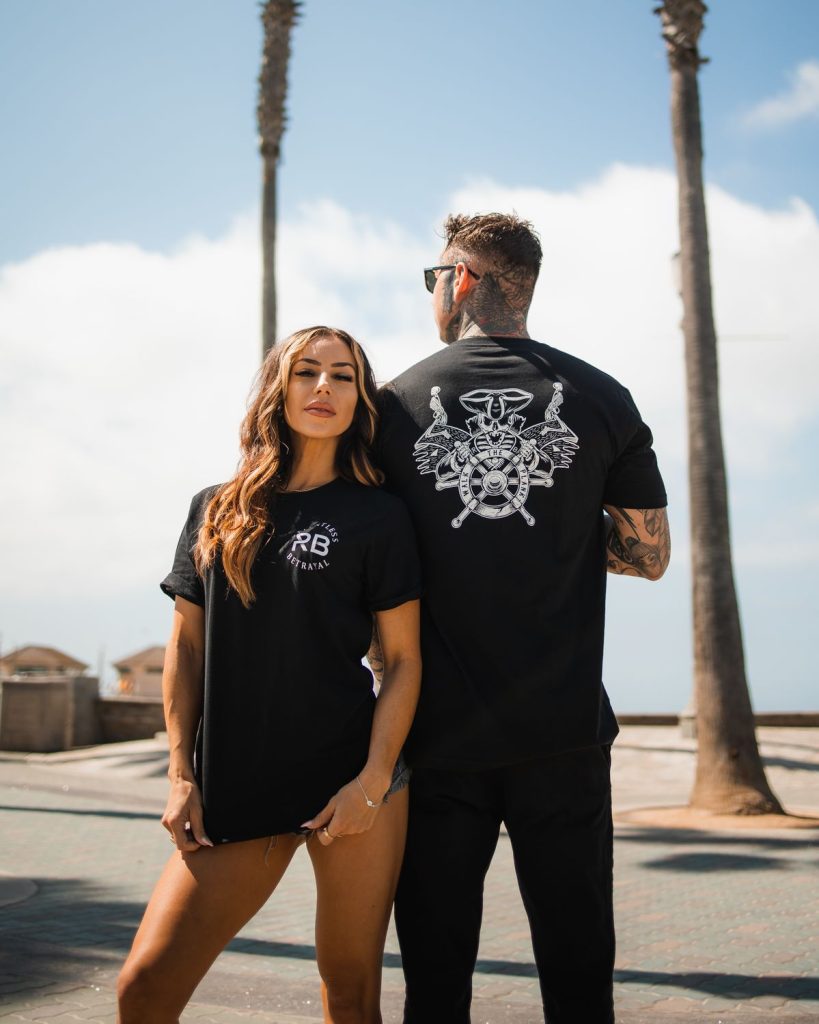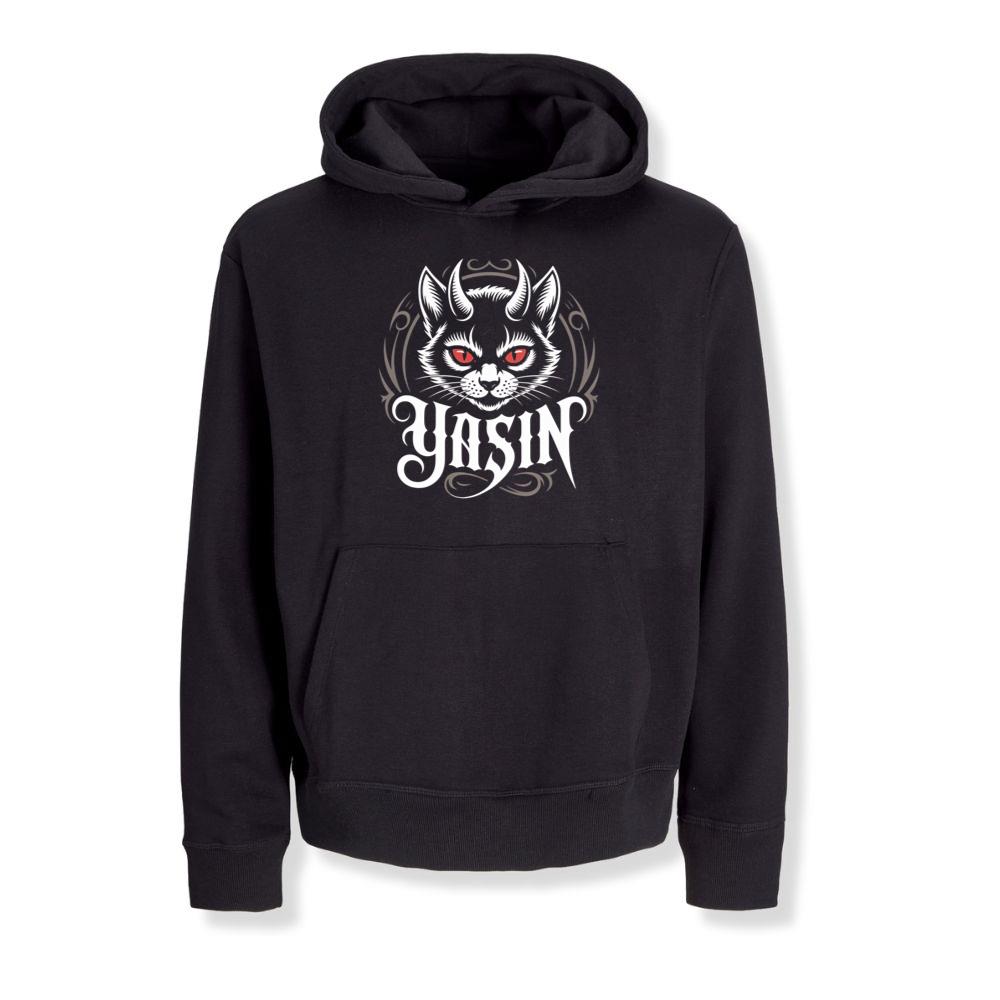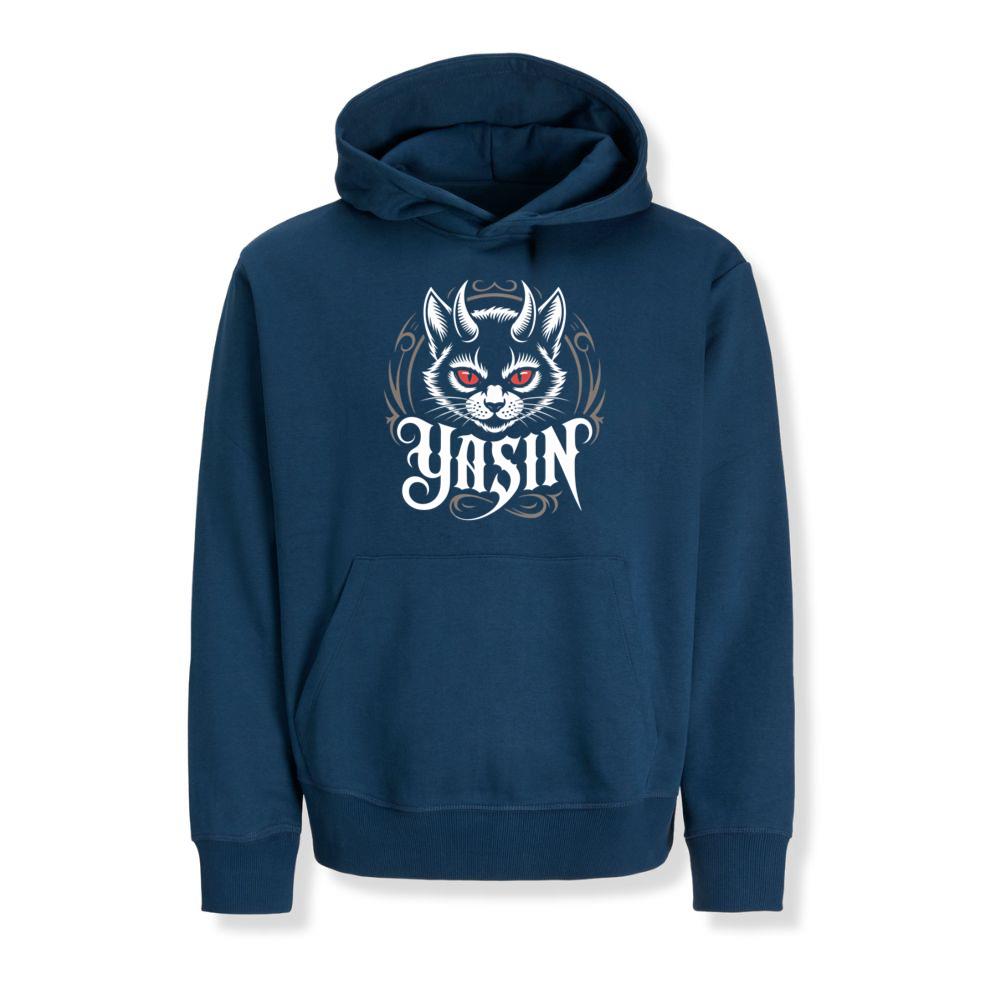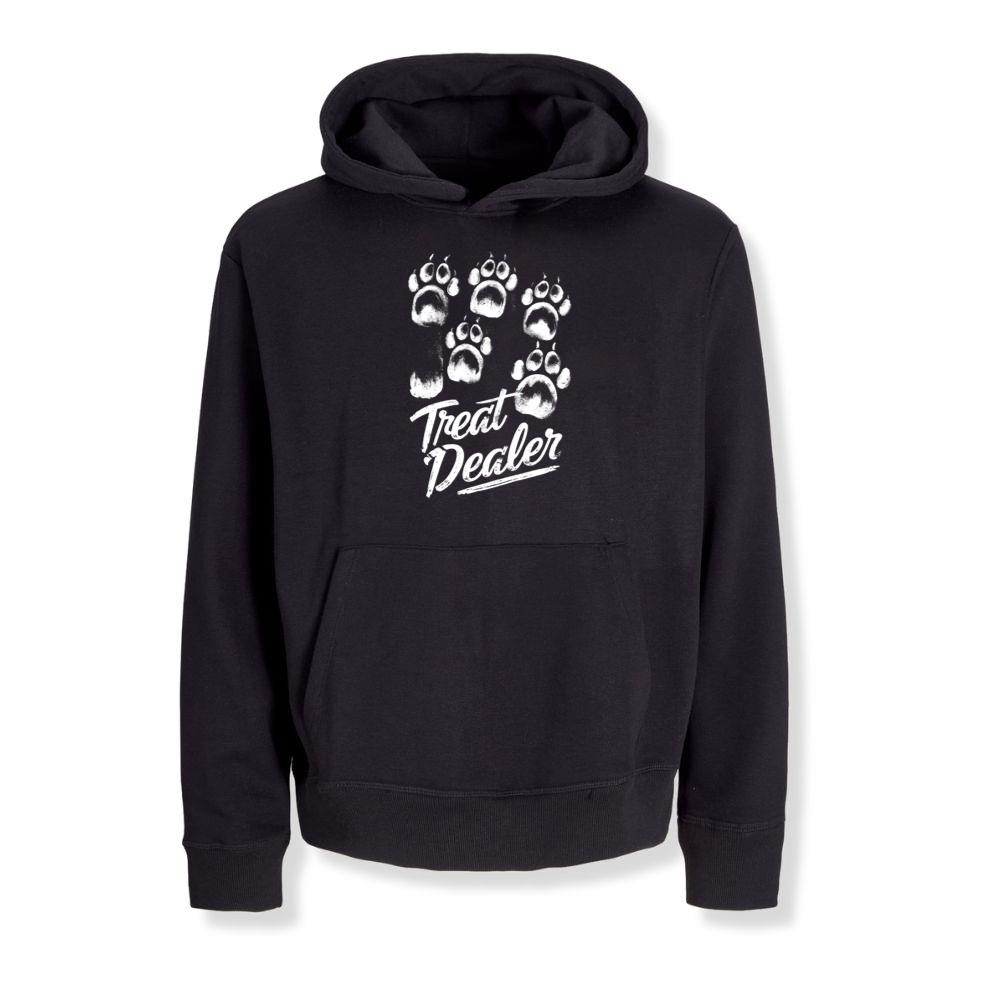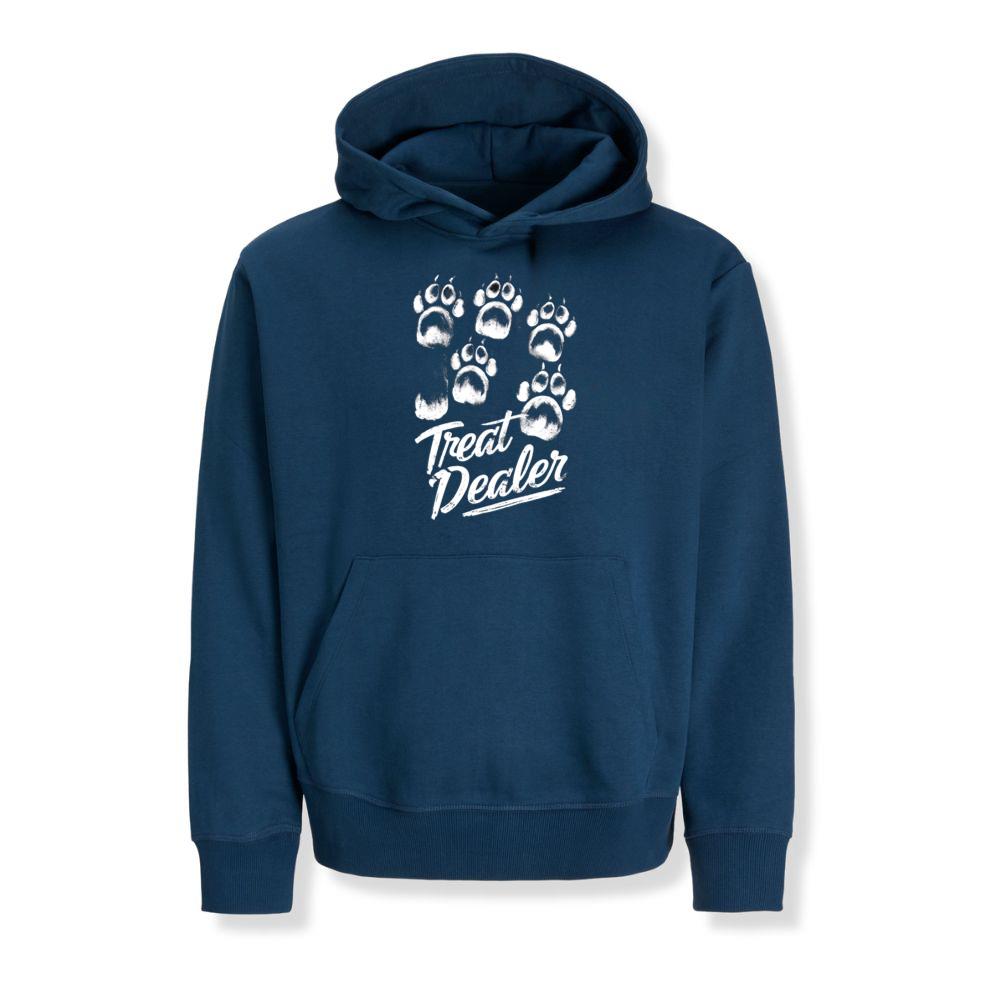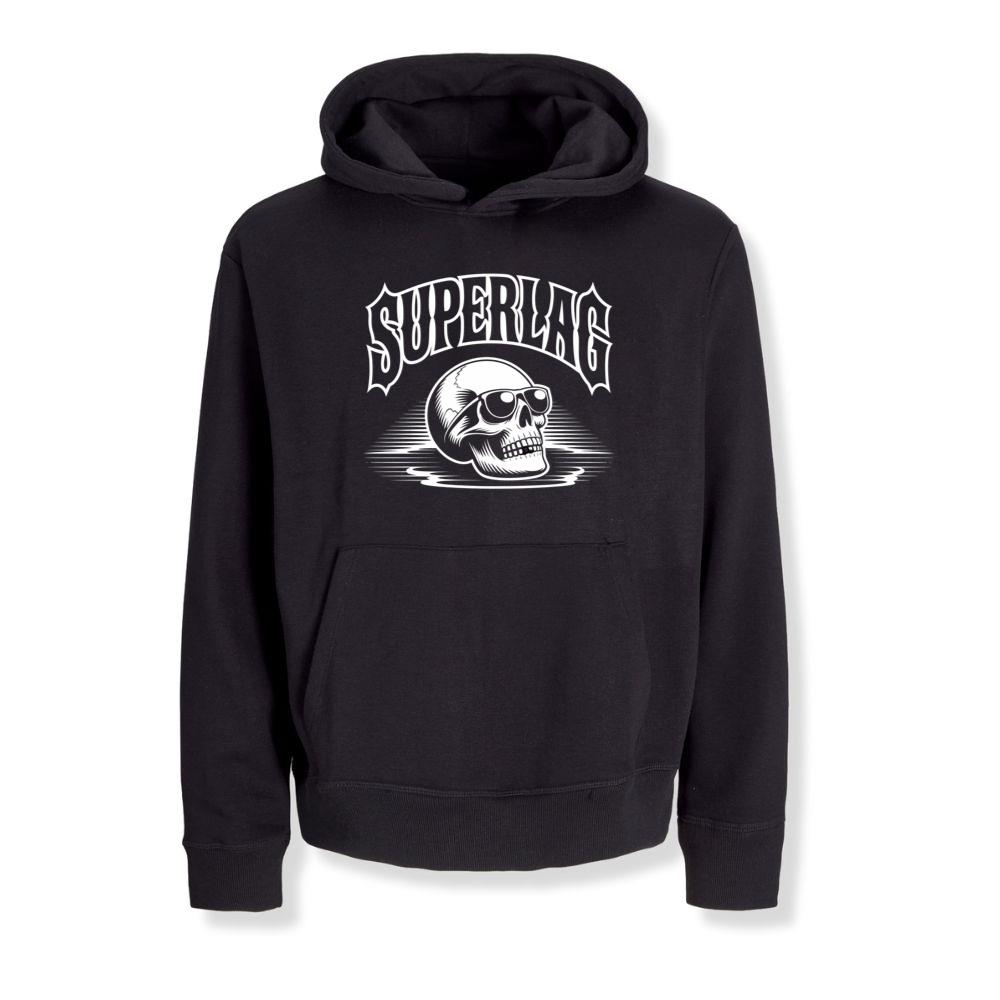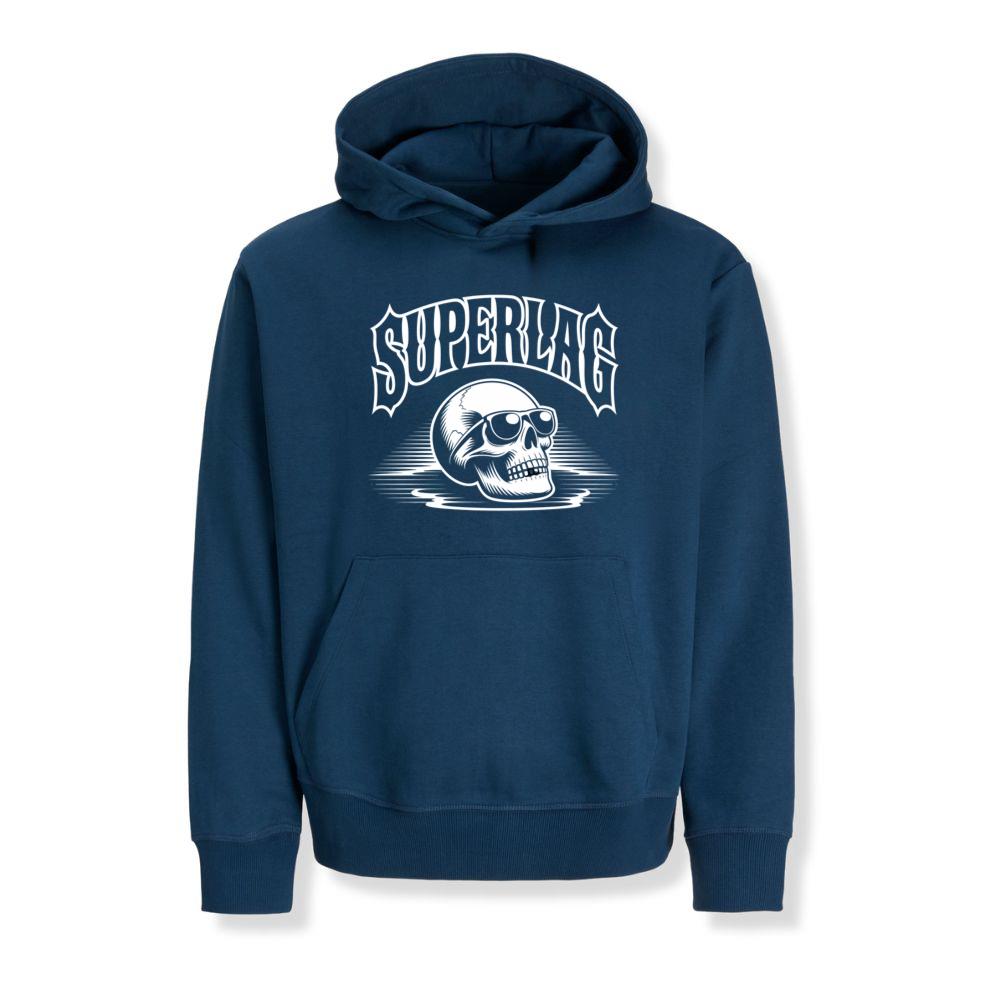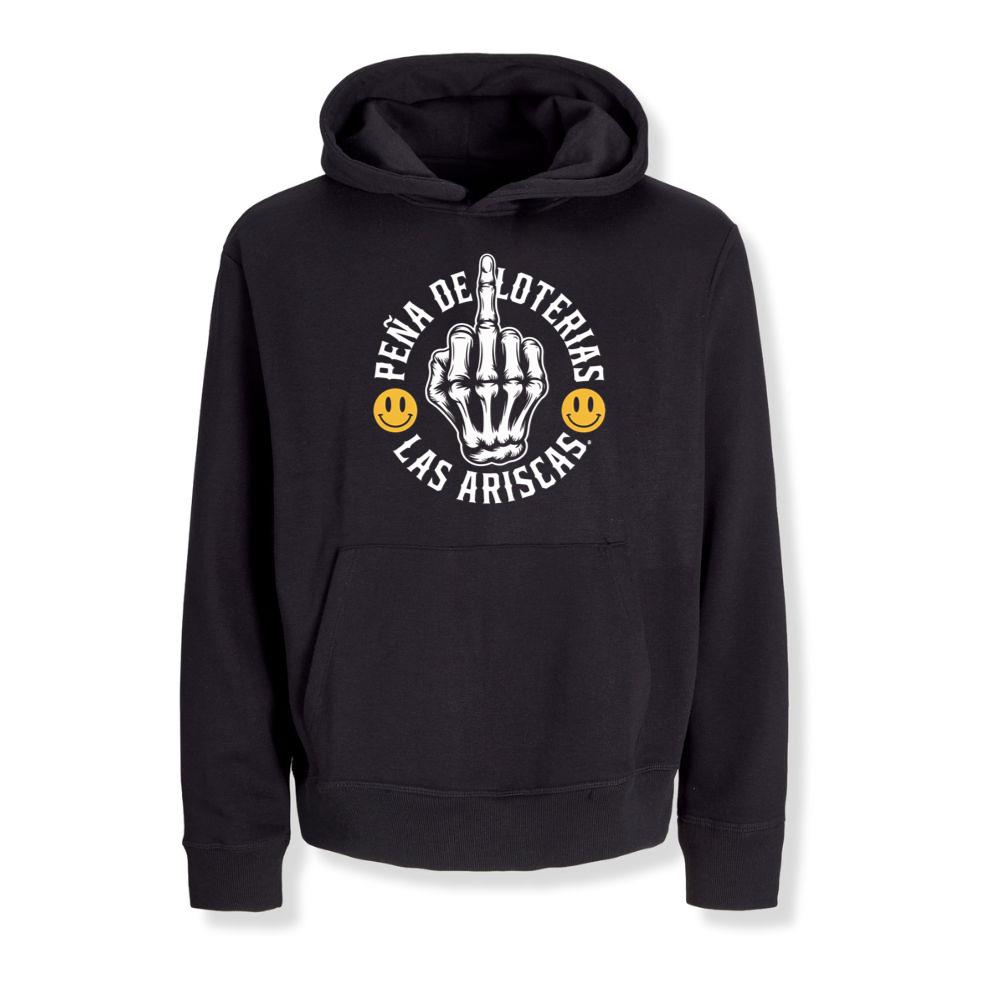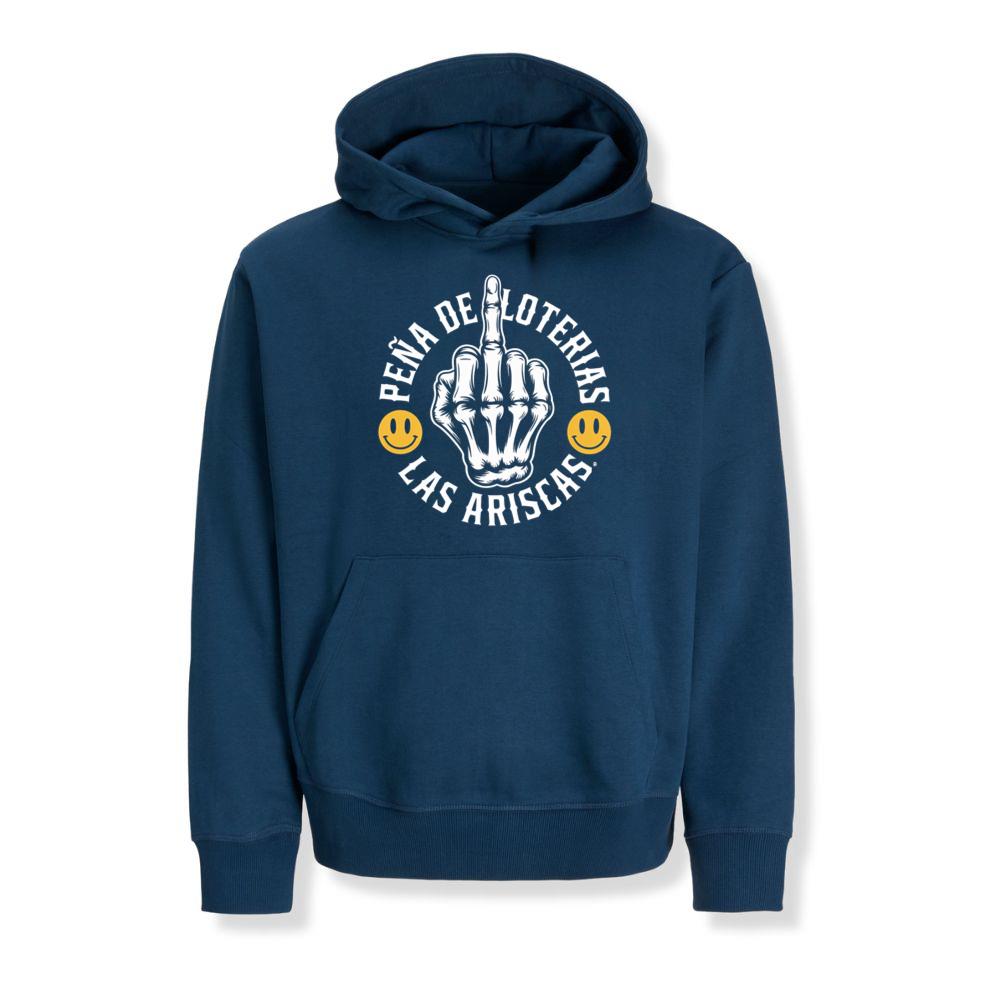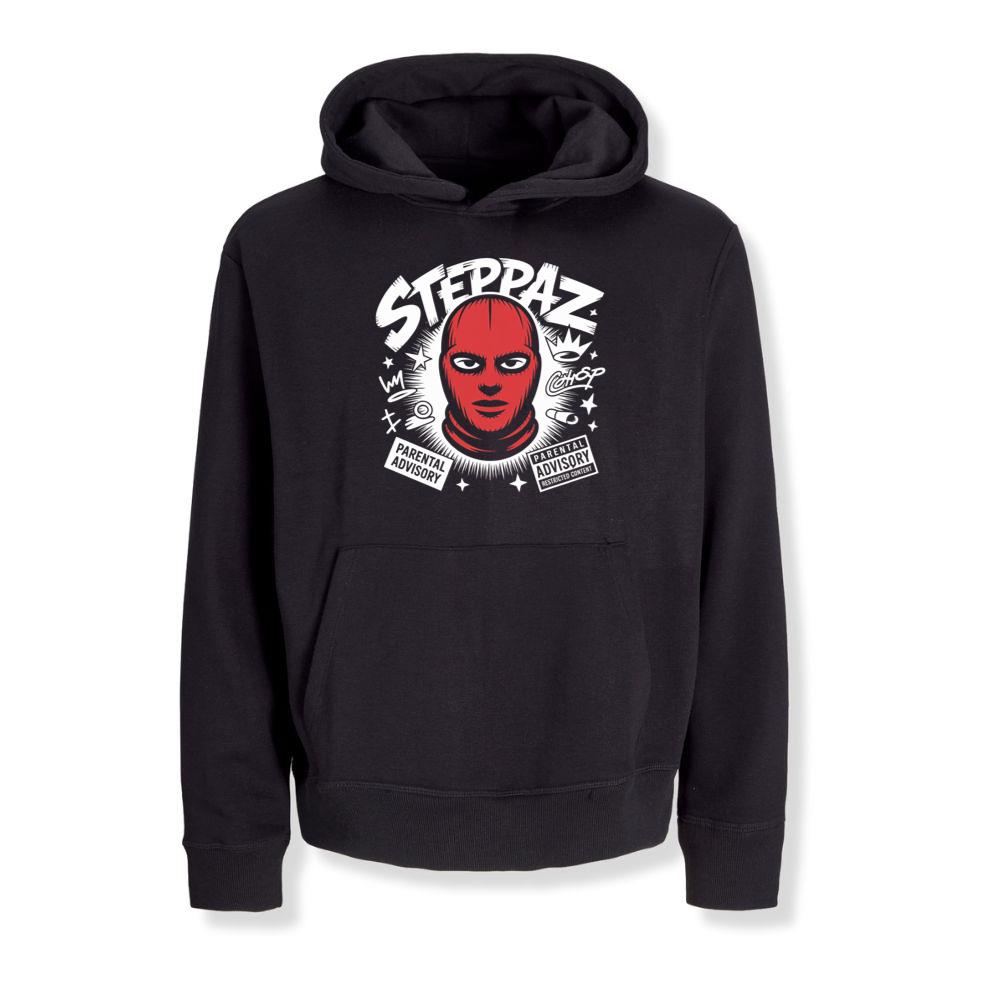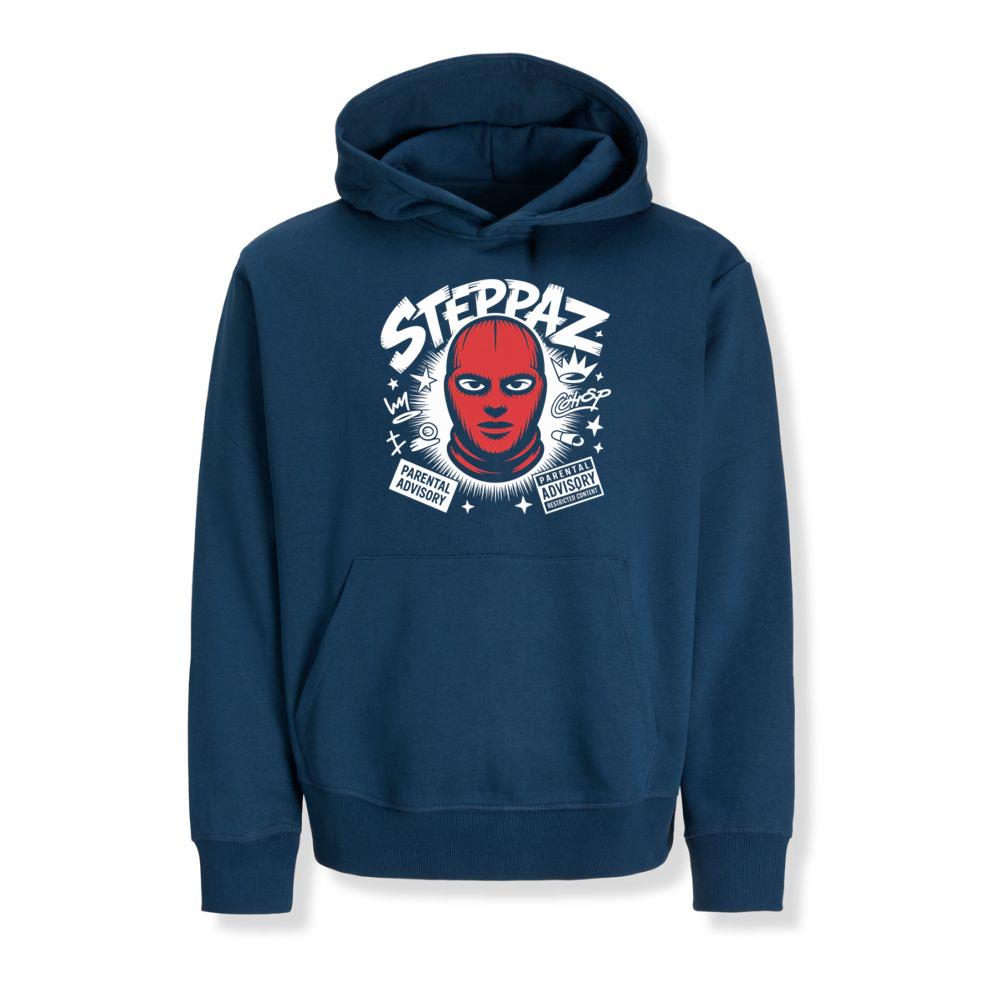Introduction
Fashion in 2025 is no longer confined by borders, traditions, or conventional expectations. Instead, it thrives on cultural intersections, blending aesthetics from across continents into new narratives that redefine how people dress, express themselves, and communicate identity. Cultural fusion has become the pulse of modern style, guiding designers to break free from singular perspectives and instead embrace a global dialogue where textiles, techniques, and motifs intermingle in inventive ways. This phenomenon is not about appropriation but rather about respectful exchange, where communities inspire one another, and artisanship finds relevance in fresh contexts. What emerges is a wardrobe that feels borderless yet deeply rooted in heritage, proving that fashion is as much about storytelling as it is about fabrics and silhouettes.
The rise of digital media, cross-continental collaborations, and consumer demand for authenticity has accelerated this movement. Globalization is no longer just about trade; it is about cultural connection. People desire garments that embody diversity while reflecting personal values, whether those values stem from sustainability, tradition, or modernity. The result is a multifaceted industry where a single outfit can contain threads of Japanese minimalism, African vibrancy, Middle Eastern opulence, and Scandinavian practicality—all harmonized into cohesive style statements.
This exploration of cultural fusion in fashion highlights how inspiration drawn from various corners of the world is shaping wardrobes in 2025. From fabric innovation to traditional craftsmanship, the intersection of cultures is producing designs that feel timeless yet revolutionary. The year marks a shift toward inclusivity, creativity without boundaries, and storytelling that connects humanity through what we wear.
The Rise of Global Fashion Crossovers
One of the most defining aspects of 2025 fashion is the rise of crossovers that merge distinctly different traditions into unified looks. Designers are no longer limiting themselves to their local environment but instead travel, research, and collaborate with communities across continents. For instance, kimono-inspired outerwear is paired with Italian tailoring techniques, while South American weaving traditions find synergy with futuristic materials from Northern Europe. These fusions are not superficial. They are deeply researched, developed through dialogue, and often created in collaboration with artisans from the cultures they celebrate.
Such crossovers highlight fashion’s ability to create bridges between worlds. A jacket woven with hand-dyed fabrics from indigenous communities in Peru can be cut into a sleek Parisian silhouette, creating a piece that tells multiple stories simultaneously. Similarly, the rising popularity of African Ankara prints incorporated into Western streetwear silhouettes demonstrates how local identity can find resonance on international stages. These developments emphasize that style in 2025 is not about singular ownership but about collective celebration, where boundaries dissolve and creativity thrives.
Heritage Reimagined Through Modern Techniques
Cultural fusion also manifests in the way heritage elements are reimagined for contemporary audiences. Traditional embroidery, beadwork, and weaving are no longer confined to ceremonial attire but have found their way into everyday garments, giving modern wardrobes a sense of connection to the past. Designers employ technology to modernize these practices, such as 3D printing that replicates intricate lace patterns or digital looms that preserve traditional designs while improving efficiency.
The preservation of heritage in a modern framework ensures that cultural traditions remain alive while still evolving. For example, Indian block printing is being used on sustainable fabrics like hemp and bamboo, bringing eco-consciousness into dialogue with centuries-old artistry. Similarly, Moroccan tile patterns inspire laser-cut leather designs, showing how modern tools can honor age-old influences. This interplay between past and present allows fashion to be both innovative and respectful, ensuring longevity for cultural practices that might otherwise fade under the pressure of mass production.


